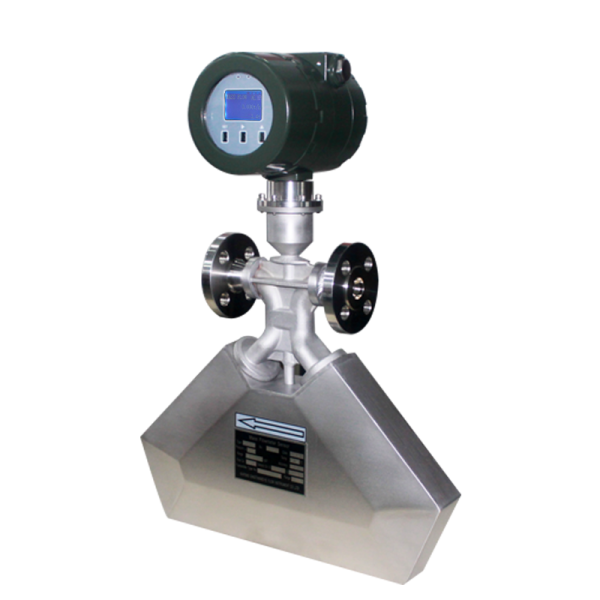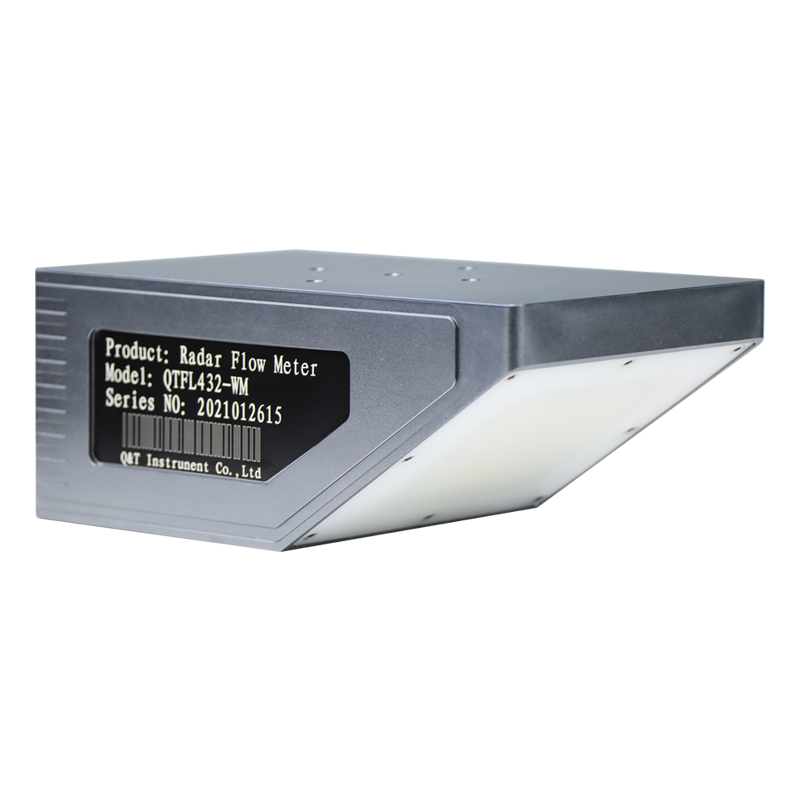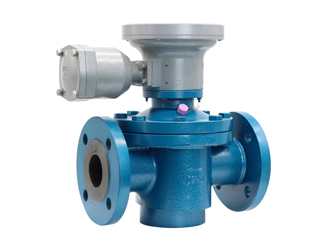2024-01-05
Electromagnetic Flowmeter Principle
The principle of electromagnetic flowmeter is based on Faraday's law of electromagnetic induction for flow measurement.
In the electromagnetic flowmeter, the conductive medium in the measuring tube is equivalent to the conductive metal rod in the Faraday test.
The two electromagnetic coils at the upper and lower ends generate a constant temperature magnetic field. When a conductive medium flows through it, an induced electric potential is generated.
The size of the induced electric potential is proportional to the effective length of the conductor in the magnetic field and the speed of the conductor moving perpendicular to the direction of the magnetic field.
In the same way, when the conductive fluid flows vertically in the magnetic field and cuts the magnetic induction force lines,
it will also generate an induced electric potential on the electrodes on both sides of the pipe. By measuring the magnitude of this induced potential, the flow rate of the fluid can be determined.
The magnetic field lines pass through the upper and lower detection electrodes on the tube wall. When the conductive liquid flows through the measurement tube from left to right,
the magnetic field lines are cut, and an induced electric potential is generated on the upper and lower detection electrodes.
The size of this induced electric potential is proportional to the effective length of the conductor in the magnetic field (i.e., the diameter D of the measuring tube) and
the speed of the conductor (i.e., the measured medium) moving perpendicular to the direction of the magnetic field in the magnetic field (i.e., the flow rate of the liquid being measured). Directly proportional to
That is, it is proportional to the volume flow rate of the liquid being measured.




.jpg)
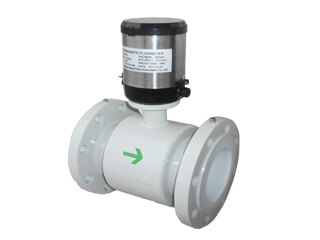
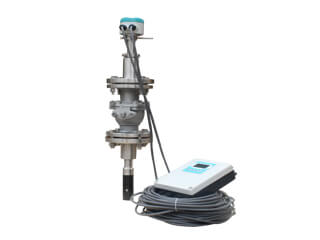
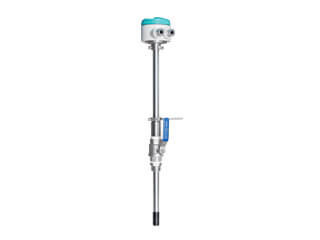
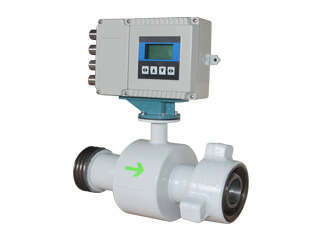
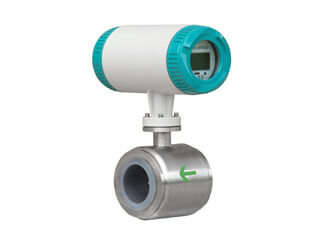
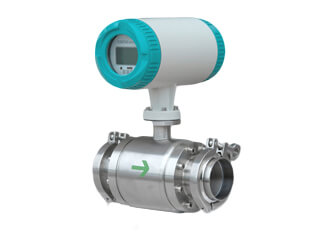
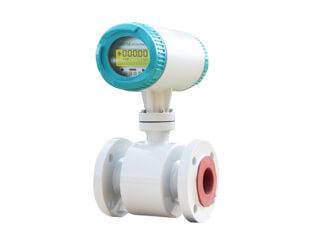
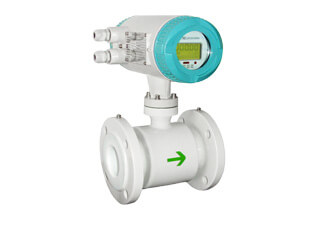
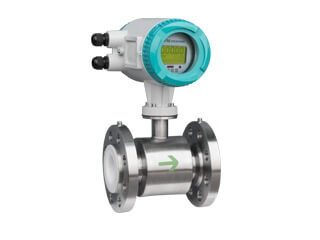
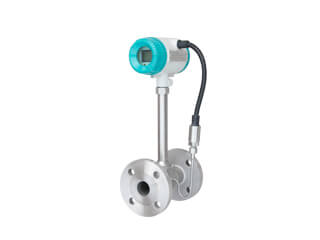
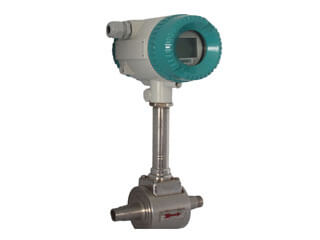
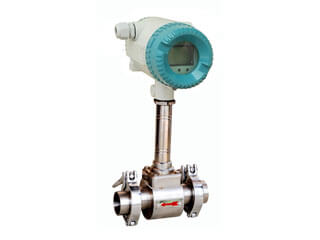
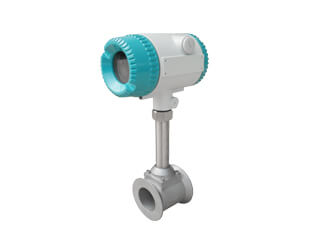
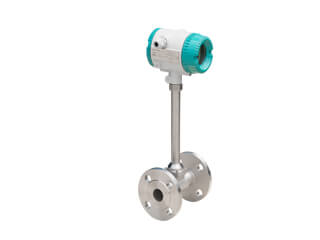
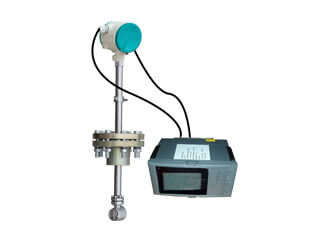
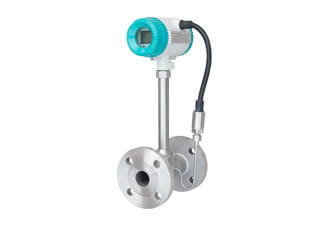
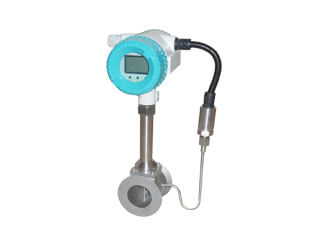
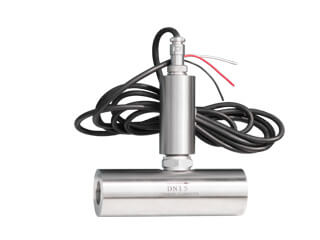
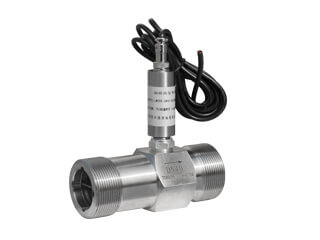
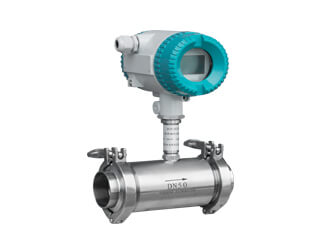
.jpg)
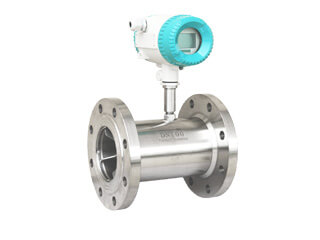
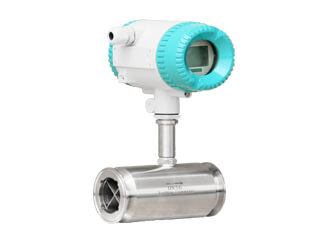
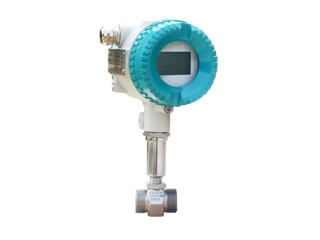
.jpg)
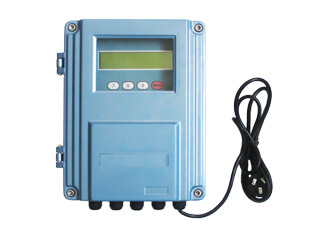
.jpg)
.jpg)
.jpg)
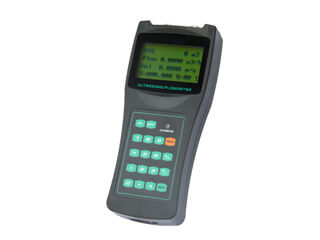
.jpg)
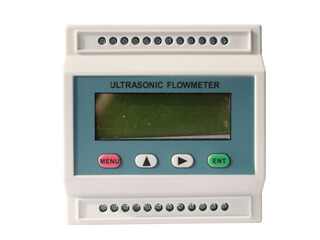
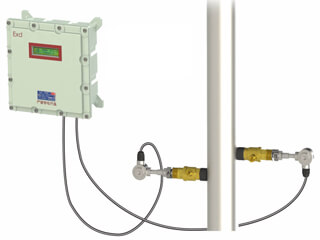
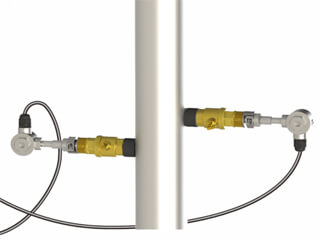
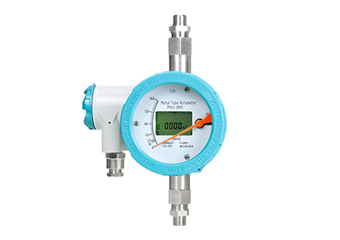
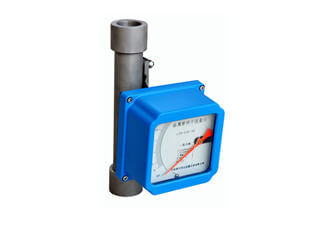
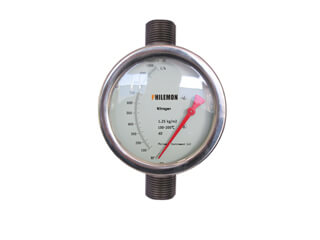
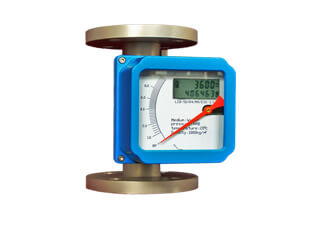
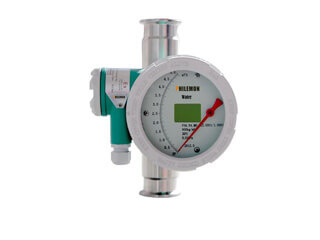
.jpg)
.jpg)
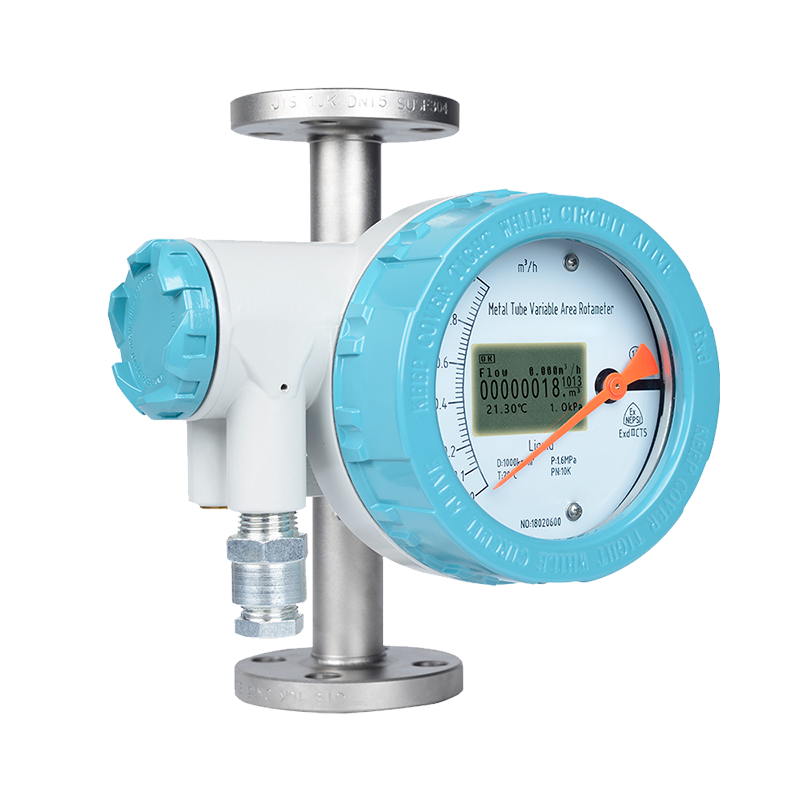
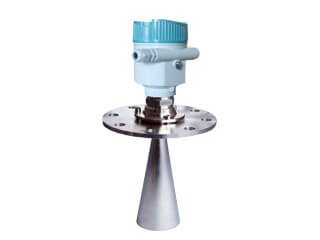
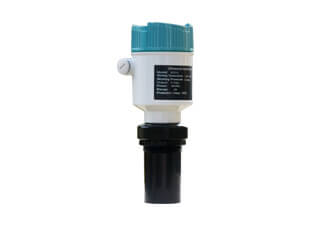
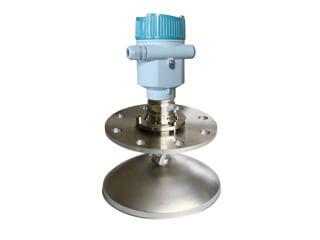
.jpg)
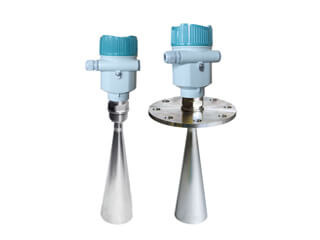
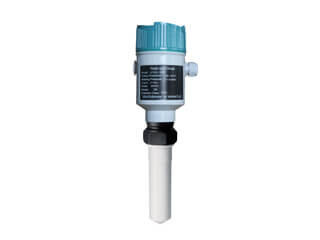
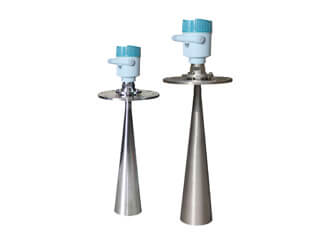
.jpg)
.jpg)
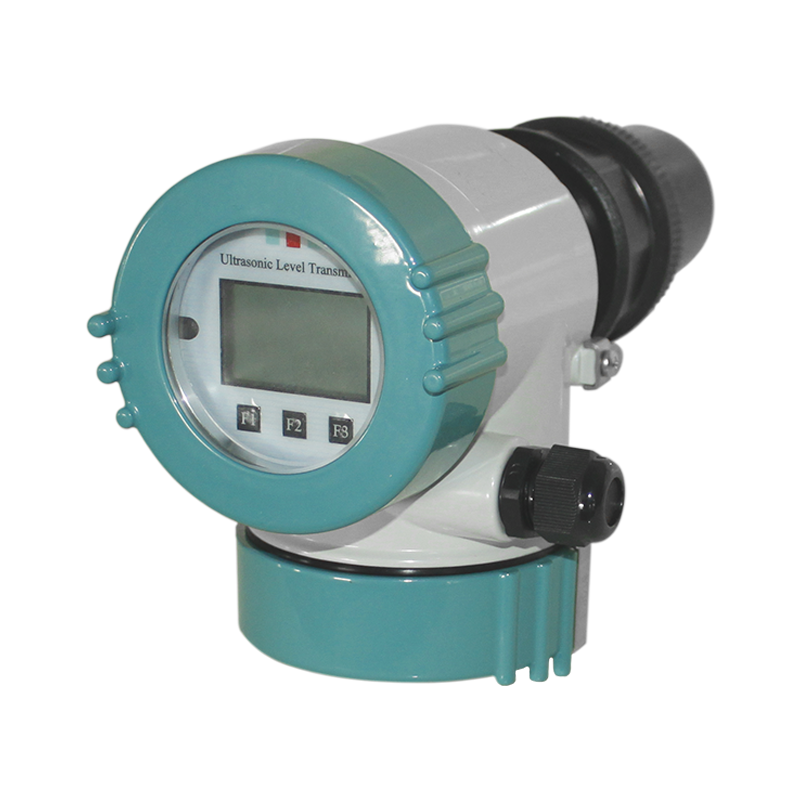
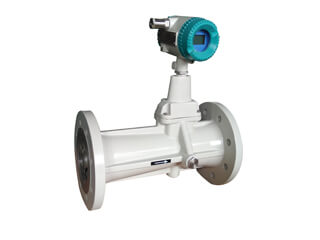
.jpg)
.png)
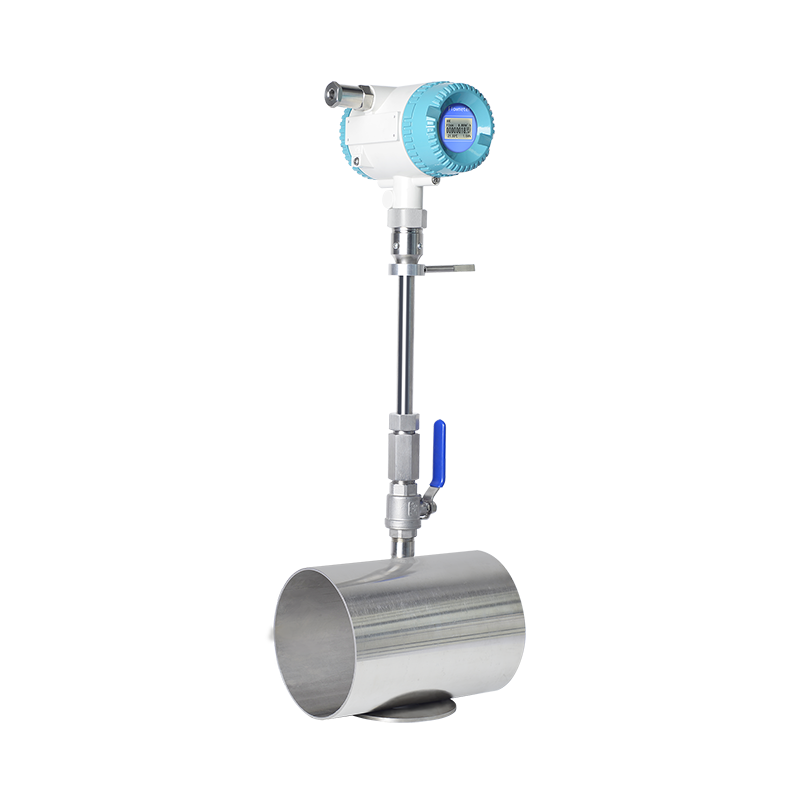
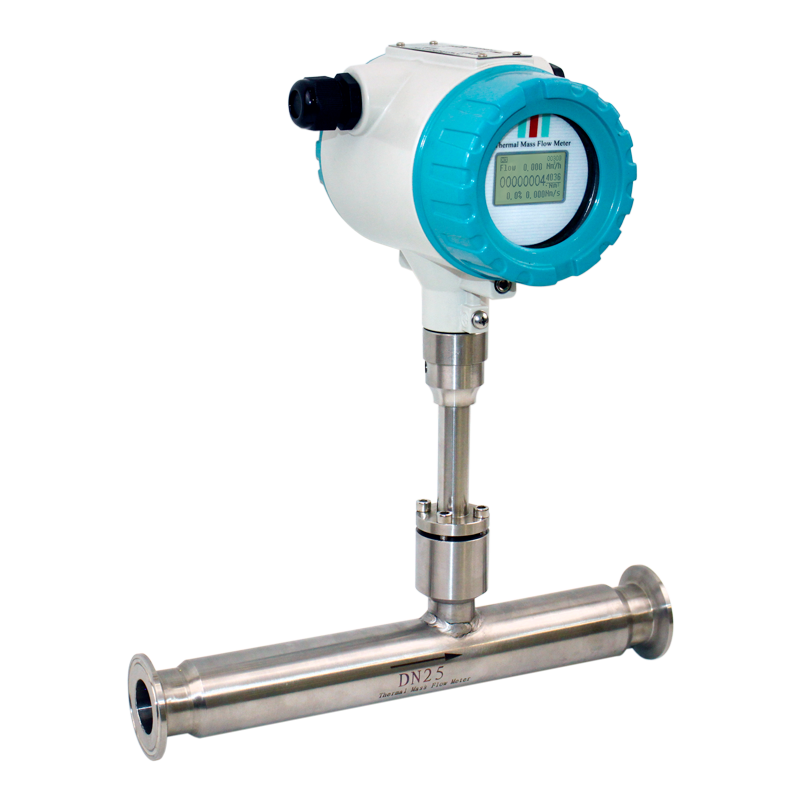
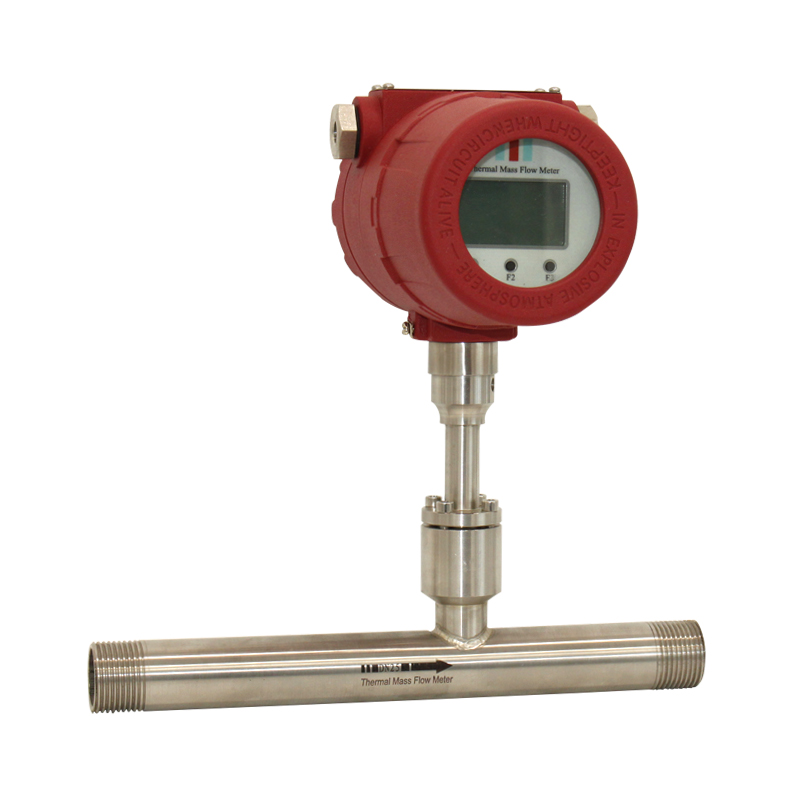
.jpg)

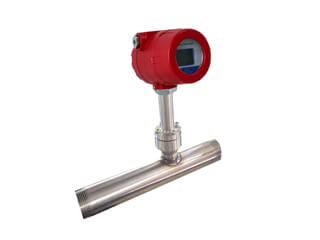
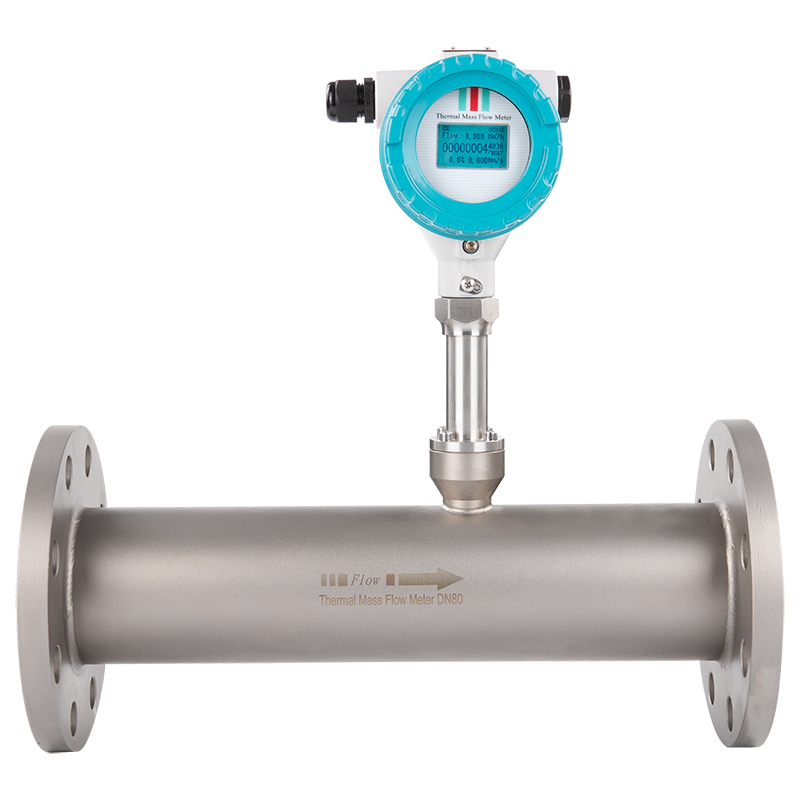
.png)
